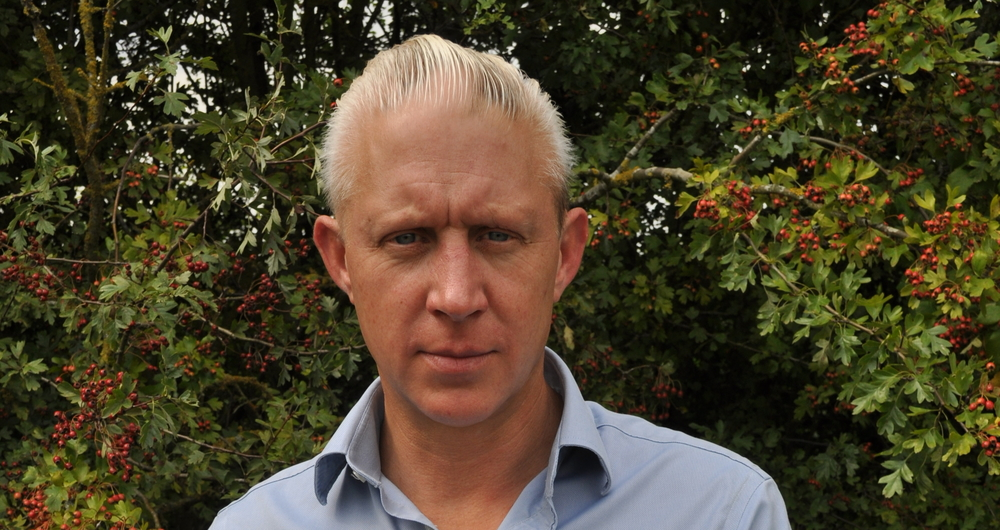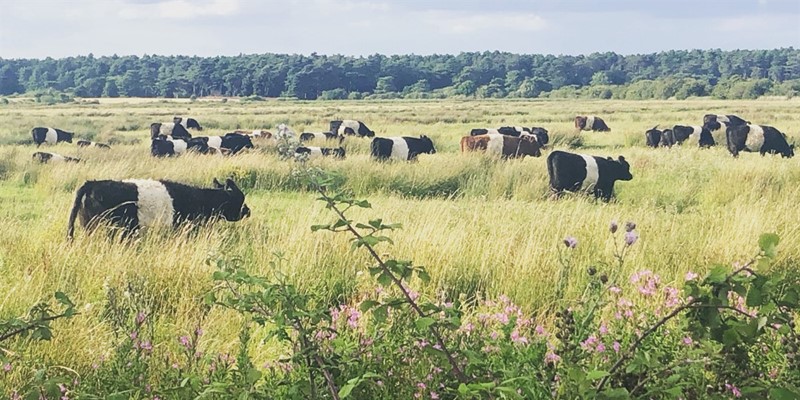The Holkham in-house farming operation has a continued policy of maintaining a diverse range of habitats, running eight agri-environment schemes simultaneously and delivering a range of environmental benefits across the farming operation.
Food production is at the heart of the commercial activity on the estate, with 3,500ha being used for a variety of combinable crops, including winter barley, wheat and rye. There is also oil seed rape and maize, and a small percentage of root crops, such as potatoes and sugar beet.
Livestock at Holkham
The Holkham Estate runs an 800-head continental suckler herd, which includes 60 Belted Galloways that well suited to a range of environments and conditions. There's also a flock of 1,800 sheep, which graze on catch and cover crops over winter and calcareous grassland, which is floristically enhanced. This provides a year-round food source for birds and mammals, encourages a wide range of pollinators, and provides breeding cover for a range of Biodiversity Action Plan Species.
Benefits for birds
Jake Fiennes says that cattle are essential in creating the right conditions for birds on the reclaimed marsh, keeping grass at the right length for overwintering species, such as pink-footed geese. He advocates, as utmost importance, balancing producing food that benefits biodiversity with recognising the benefits of good grazing through carbon sequestration and offsetting methane.

Why mob grazing?
Jake explains that after the ground-nesting birds' breeding season, the estate team graze cattle in a mob-grazing system, which encourages improved soil microbiology, increases soil health, improves soil organic matter content, and enhances water retention, which in turn helps alleviate flooding. It also improves plant resilience and season extension.
Mob grazing is beneficial to the wild flora and fauna too: grazing animals in a ‘mob’ means that all the plants get nibbled, which leads to greater diversity in plant species.
The fields are then left undisturbed for weeks, sometimes months, giving the grasses and wildflowers a chance to flower and set seed. Ground-nesting birds are able to raise their broods, nectar can be produced for bees; habitats develop for bugs, beetles and voles.
More on the Holkham farming operation
The Holkham in-house farming operation has a continued policy of maintaining a diverse range of habitats, running eight agri-environment schemes simultaneously and delivering a range of environmental benefits across the farming operation.
Food production is at the heart of the commercial activity on the estate, with 3,500ha being used for a variety of combinable crops, including winter barley, wheat and rye. There is also oil seed rape and maize, and a small percentage of root crops, such as potatoes and sugar beet.
